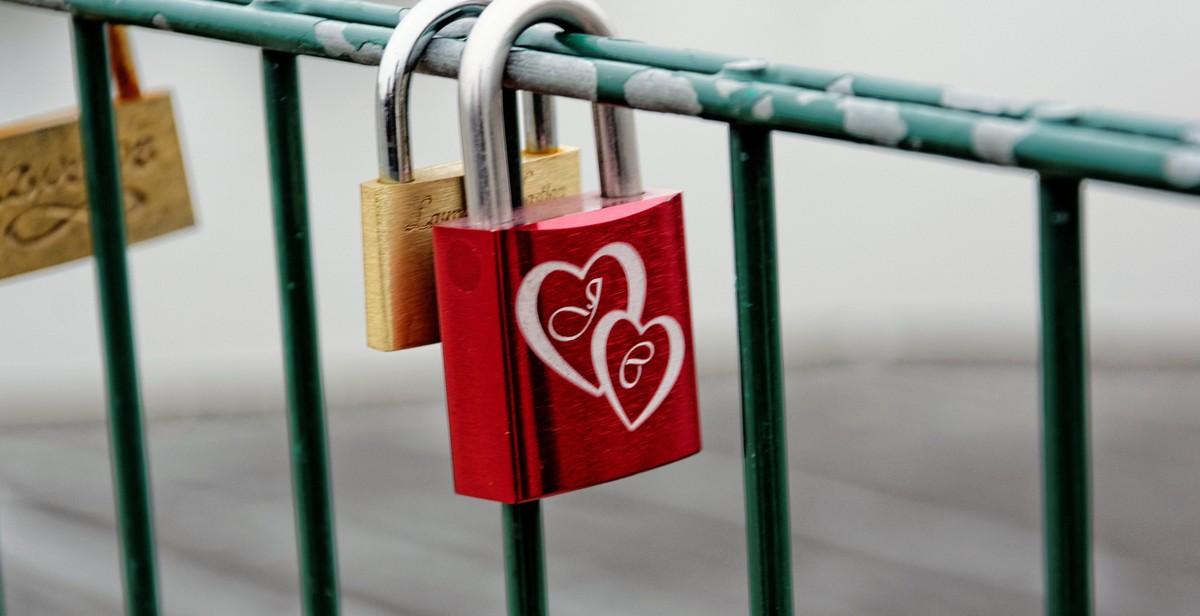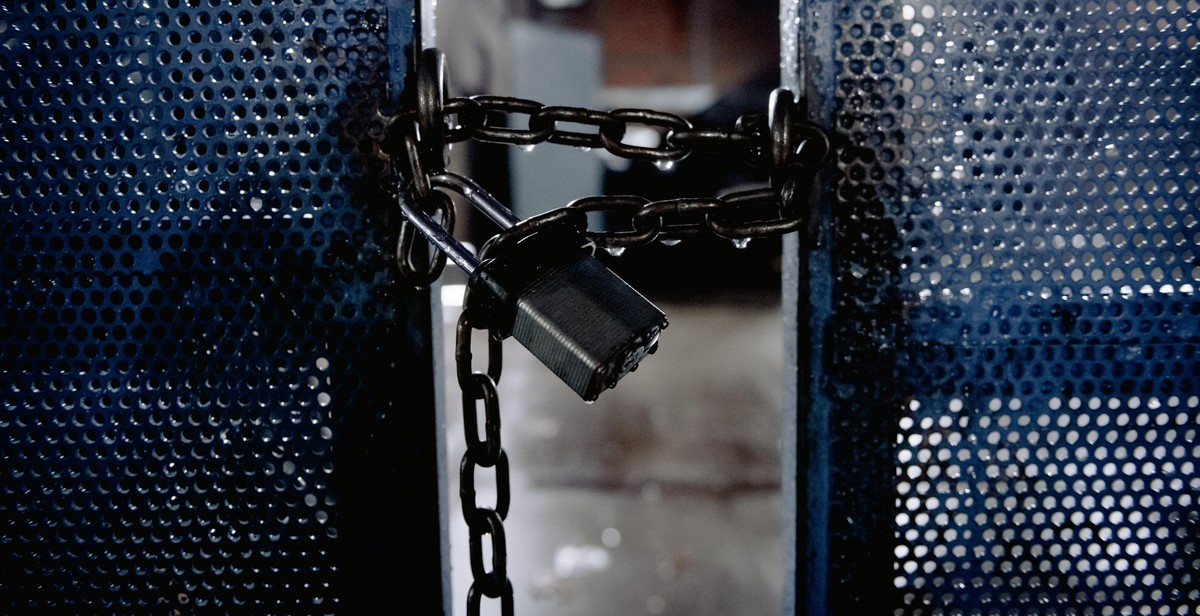Building a Secure Attachment in Love: A Love Guru’s Guide
As a professional article writer and content creator, I have spent years studying and researching the intricacies of love and relationships. Through my personal experiences and professional expertise, I have come to understand the importance of building a secure attachment in love.
Attachment theory suggests that the way we form emotional bonds in childhood shapes our ability to form and maintain healthy relationships in adulthood. A secure attachment style is characterized by trust, emotional openness, and healthy communication. On the other hand, insecure attachment styles can lead to anxiety, avoidance, and emotional instability in relationships.
As a love and relationships psychology guru, I have helped countless individuals navigate the complexities of attachment and build stronger, more secure relationships. In this guide, I will share my insights and expertise on how to develop a secure attachment in love. From understanding attachment styles to improving communication and building trust, this guide will provide you with the tools and knowledge you need to create a strong and lasting bond with your partner.
Understanding Attachment Styles
Before we can begin building a secure attachment in love, it is important to understand the different attachment styles. There are four main attachment styles: secure, anxious-preoccupied, dismissive-avoidant, and fearful-avoidant. Each style is shaped by our early childhood experiences and can have a significant impact on our adult relationships.
- Secure Attachment: Individuals with a secure attachment style are comfortable with emotional intimacy and can communicate their needs and feelings effectively. They trust their partner and feel secure in the relationship.
- Anxious-Preoccupied Attachment: Individuals with an anxious-preoccupied attachment style tend to be overly dependent on their partner and may experience anxiety or fear when separated from them. They may also struggle with trust and self-esteem issues.
- Dismissive-Avoidant Attachment: Individuals with a dismissive-avoidant attachment style tend to avoid emotional intimacy and may come across as emotionally distant or detached. They may also struggle with commitment and vulnerability.
- Fearful-Avoidant Attachment: Individuals with a fearful-avoidant attachment style may have conflicting desires for intimacy and independence. They may struggle with trust and have a fear of rejection or abandonment.
By understanding your own attachment style and that of your partner, you can begin to develop a deeper understanding of your relationship and work towards building a stronger, more secure attachment.

Understanding Attachment Styles
Attachment styles refer to the patterns of behavior, thoughts, and emotions that people develop in response to their early attachment experiences. The four attachment styles are:
- Secure Attachment: characterized by feelings of safety, security, and trust in relationships.
- Avoidant Attachment: characterized by a tendency to avoid or distance oneself from close relationships.
- Anxious Attachment: characterized by a tendency to worry about abandonment and rejection in relationships.
- Disorganized Attachment: characterized by a lack of coherence or consistency in attachment behaviors.
How Attachment Styles Develop
Attachment styles develop in childhood based on the quality of the relationship between a child and their primary caregiver. Research has shown that children who experience consistent and responsive care from their caregivers are more likely to develop a secure attachment style. On the other hand, children who experience inconsistent or neglectful care are more likely to develop an anxious or avoidant attachment style.
Children who experience abuse or trauma may develop a disorganized attachment style, as their experiences are often frightening and unpredictable. In addition, a child’s temperament may also contribute to the development of their attachment style. For example, a child who is naturally anxious may be more likely to develop an anxious attachment style, even if their caregiver is consistently responsive.
Attachment styles can have a significant impact on adult relationships. People with a secure attachment style tend to have more satisfying and stable relationships, while those with avoidant or anxious attachment styles may struggle with intimacy and emotional connection. However, it is important to note that attachment styles can be changed through therapy and personal growth.
| Attachment Style | Characteristics |
|---|---|
| Secure Attachment | Feelings of safety, security, and trust in relationships |
| Avoidant Attachment | Tendency to avoid or distance oneself from close relationships |
| Anxious Attachment | Tendency to worry about abandonment and rejection in relationships |
| Disorganized Attachment | Lack of coherence or consistency in attachment behaviors |

The Importance of Building a Secure Attachment
As a love and relationships psychology guru, I have seen countless couples struggle with maintaining a healthy and secure attachment with their partners. Building a secure attachment is crucial for a successful and fulfilling relationship, and it requires effort and dedication from both partners. In this section, I will discuss the importance of building a secure attachment and how it can positively impact your relationship.
What is a Secure Attachment?
A secure attachment is a healthy emotional bond between two partners that is built on trust, communication, and mutual respect. It is characterized by feelings of safety, comfort, and security, and it allows partners to feel confident and supported in their relationship.
The Benefits of a Secure Attachment
Building a secure attachment with your partner can have numerous benefits for your relationship, including:
- Increased emotional intimacy and connection
- Greater trust and honesty between partners
- Improved communication and conflict resolution skills
- Increased feelings of safety, comfort, and security
- Greater overall relationship satisfaction
The Risks of an Insecure Attachment
On the other hand, failing to build a secure attachment can lead to an insecure attachment, which can have negative effects on your relationship. An insecure attachment is characterized by feelings of anxiety, jealousy, and mistrust, and it can lead to:
- Decreased emotional intimacy and connection
- Greater conflict and misunderstandings between partners
- Decreased feelings of safety, comfort, and security
- Lower overall relationship satisfaction
How to Build a Secure Attachment
Building a secure attachment takes time, effort, and commitment from both partners. Some ways to build a secure attachment include:
- Communicate openly and honestly with your partner
- Show empathy and support for your partner’s feelings
- Be reliable and consistent in your actions and words
- Practice active listening and validation
- Make time for each other and prioritize your relationship
Overall, building a secure attachment is crucial for a successful and fulfilling relationship. It requires effort and dedication from both partners, but the benefits are worth it. By prioritizing your relationship and working together to build a secure attachment, you can create a strong and lasting emotional bond that will enhance your love and connection.

Building a Secure Attachment
As a love and relationships psychology guru, I have found that building a secure attachment in love is crucial for a healthy and long-lasting relationship. Here are some key elements to focus on:
Communication
Effective communication is the foundation of any successful relationship. It is important to be open, honest, and clear in your communication with your partner. This means actively listening to them, expressing your thoughts and feelings, and being willing to compromise and find solutions together.
Trust
Trust is essential in building a secure attachment. It takes time and effort to build trust, but it can be easily broken. Be reliable, keep your promises, and be transparent with your partner. Trust is earned through consistent actions and behaviors.
Intimacy
Intimacy is not just about physical touch, it is also about emotional closeness. It is important to create a safe space where both partners can be vulnerable and share their deepest thoughts and feelings. This can be achieved through active listening, empathy, and showing genuine interest in your partner’s life.
Vulnerability
Being vulnerable is scary, but it is necessary for building a secure attachment. It means being open and honest about your fears, insecurities, and weaknesses. When both partners are willing to be vulnerable, it creates a deep level of emotional intimacy and trust.
Emotional Support
Lastly, emotional support is crucial in building a secure attachment. It means being there for your partner during both the good and bad times, showing empathy, and being a source of comfort and strength. Emotional support helps to create a deep bond and sense of security in the relationship.
| Key Elements | Actions |
|---|---|
| Communication | Active listening, expressing thoughts and feelings, compromising, finding solutions together |
| Trust | Being reliable, keeping promises, being transparent |
| Intimacy | Creating a safe space, active listening, empathy, showing genuine interest |
| Vulnerability | Being open and honest about fears, insecurities, and weaknesses |
| Emotional Support | Being there for your partner, showing empathy, being a source of comfort and strength |
By focusing on these key elements, couples can build a secure attachment in their relationship. It takes time, effort, and vulnerability, but the rewards are worth it. A secure attachment creates a deep sense of trust, intimacy, and emotional support, leading to a healthy and fulfilling relationship.

Overcoming Insecure Attachment Styles
Identifying your attachment style is the first step towards building a secure attachment in love. If you have an insecure attachment style, you may experience anxiety, fear, and insecurity in your relationships. However, it’s important to remember that attachment styles are not set in stone and can be changed with time and effort.
Challenging Negative Thoughts and Behaviors
One way to overcome insecure attachment styles is to challenge negative thoughts and behaviors that may be contributing to your attachment style. For example, if you have an anxious attachment style, you may have a tendency to overthink and worry about your relationships. You may also have a fear of being abandoned or rejected.
To challenge these negative thoughts and behaviors, try to identify them when they arise. Ask yourself if they are based on reality or if they are simply a result of your attachment style. Then, try to reframe your thoughts in a more positive and realistic way. For example, instead of thinking “My partner doesn’t love me anymore,” try to think “My partner is busy right now, but they still care about me.”
It can also be helpful to practice self-care and self-compassion. Treat yourself with kindness and understanding, and try not to be too hard on yourself. Remember that building a secure attachment in love takes time and effort.
Seeking Professional Help
If you’re struggling to overcome your insecure attachment style on your own, it may be helpful to seek professional help. A therapist or counselor can help you identify the root causes of your attachment style and develop strategies to overcome it.
There are many different types of therapy that can be helpful for insecure attachment styles, including cognitive-behavioral therapy (CBT), attachment-based therapy, and mindfulness-based therapy. Your therapist can work with you to determine which approach is best for your specific needs.
Remember that seeking help is a sign of strength, not weakness. It takes courage to acknowledge that you need help and to take steps to improve your mental health and well-being.

Conclusion
Building a secure attachment in love is an essential aspect of any healthy relationship. It requires a lot of effort, patience, and understanding from both partners. As a love and relationships psychology guru, I have seen firsthand how a secure attachment can transform a relationship for the better.
Remember that building a secure attachment is not a one-time task. It’s a process that requires ongoing effort and commitment. It’s essential to prioritize communication, trust, and emotional intimacy in your relationship.
Some of the key steps you can take to build a secure attachment include:
- Being present and attentive to your partner
- Communicating openly and honestly
- Expressing empathy and understanding
- Creating shared experiences and memories
- Resolving conflicts in a healthy and constructive manner
Remember that building a secure attachment takes time, and setbacks are normal. It’s important to remain patient and committed to the process.
By following the tips and strategies outlined in this guide, you can build a secure attachment with your partner and take your relationship to new heights. Remember to be kind, compassionate, and understanding, and your relationship will thrive.
